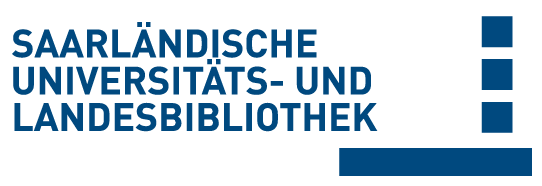Please use this identifier to cite or link to this item:
doi:10.22028/D291-38862 | Title: | Antagonizing Sec62 function in intracellular Ca2+ homeostasis represents a novel therapeutic strategy for head and neck cancer |
| Author(s): | Körner, Sandrina Pick, Tillman Bochen, Florian Wemmert, Silke Körbel, Christina Menger, Michael D. Cavalié, Adolfo Kühn, Jan-Philipp Schick, Bernhard Linxweiler, Maximilian |
| Language: | English |
| Title: | Frontiers in Physiology |
| Volume: | 13 |
| Publisher/Platform: | Frontiers |
| Year of Publication: | 2022 |
| Free key words: | Sec62 head and neck cancer CRISPR/ Cas9 lymphogenic metastasis xenograft model trifluoperazine thapsigargin |
| DDC notations: | 610 Medicine and health |
| Publikation type: | Journal Article |
| Abstract: | Various cancer types including head and neck squamous cell carcinomas (HNSCC) show a frequent amplification of chromosomal region 3q26 that encodes, among others, for the SEC62 gene. Located in the ER membrane, this translocation protein is known to play a critical role as a potential driver oncogene in cancer development. High SEC62 expression levels were observed in various cancer entities and were associated with a poor outcome and increased metastatic burden. Because of its intracellular localization the SEC62 protein is poorly accessible for therapeutic antibodies, therefore a functional SEC62 knockdown represents the most promising mechanism of a potential antineoplastic targeted therapy. By stimulating the Ca2+ efflux from the ER lumen and thereby increasing cellular stress levels, a functional inhibition of SEC62 bears the potential to limit tumor growth and metastasis formation. In this study, two potential anti-metastatic and -proliferative agents that counteract SEC62 function were investigated in functional in vitro assays by utilizing an immortalized human hypopharyngeal cancer cell line as well as a newly established orthotopic murine in vivo model. Additionally, a CRISPR/ Cas9 based SEC62 knockout HNSCC cell line was generated and functionally characterized for its relevance in HNSCC cell proliferation and migration as well as sensitivity to SEC62 targeted therapy in vitro. |
| DOI of the first publication: | 10.3389/fphys.2022.880004 |
| URL of the first publication: | https://doi.org/10.3389/fphys.2022.880004 |
| Link to this record: | urn:nbn:de:bsz:291--ds-388625 hdl:20.500.11880/35062 http://dx.doi.org/10.22028/D291-38862 |
| ISSN: | 1664-042X |
| Date of registration: | 31-Jan-2023 |
| Description of the related object: | Supplementary Material |
| Related object: | https://www.frontiersin.org/articles/file/downloadfile/880004_supplementary-materials_tables_1_docx/octet-stream/Table%201.DOCX/1/880004 |
| Faculty: | M - Medizinische Fakultät |
| Department: | M - Chirurgie M - Experimentelle und Klinische Pharmakologie und Toxikologie M - Hals-Nasen-Ohrenheilkunde M - Medizinische Biochemie und Molekularbiologie |
| Professorship: | M - Prof. Dr. Adolfo Cavalié M - Prof. Dr. Michael D. Menger M - Prof. Dr. Bernhard Schick M - Keiner Professur zugeordnet |
| Collections: | SciDok - Der Wissenschaftsserver der Universität des Saarlandes |
Files for this record:
| File | Description | Size | Format | |
|---|---|---|---|---|
| fphys-13-880004.pdf | 2,6 MB | Adobe PDF | View/Open |
This item is licensed under a Creative Commons License


